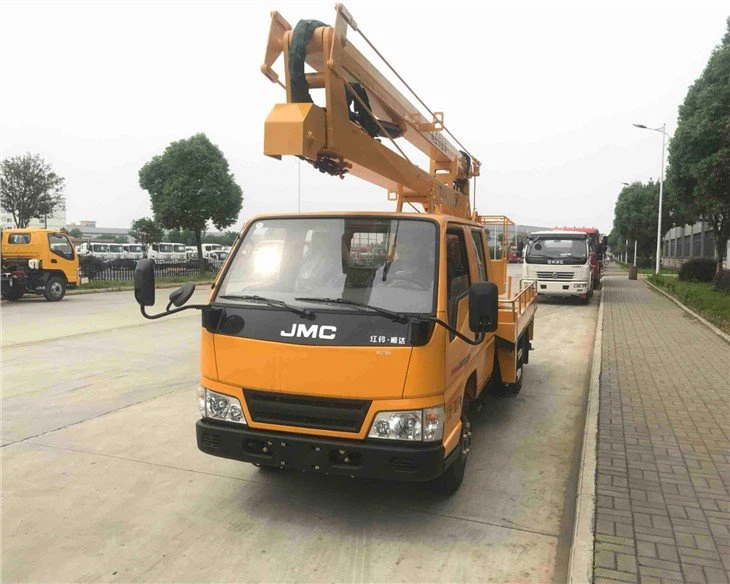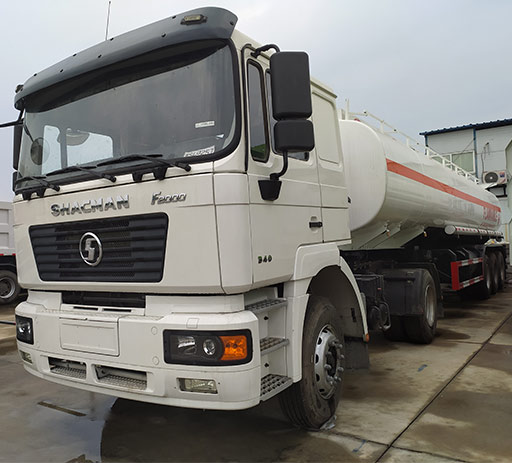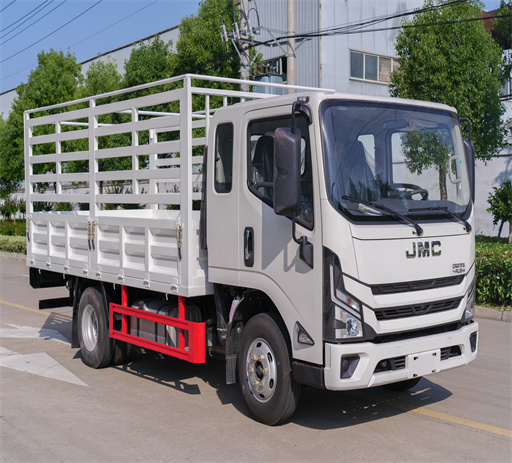The Comprehensive Guide to Camel Sewer Trucks: Features, Uses, and Maintenance

Introduction
The camel sewer truck, an essential piece of equipment in the waste management and municipal services sectors, has garnered significant attention for its efficiency and versatility. These trucks are designed to transport and dispose of sewage and other liquid waste, making them invaluable for maintaining public health and managing wastewater systems. This article will delve deep into the various features, uses, maintenance practices, and more, associated with camel sewer trucks. By the end, you will have a thorough understanding of what makes these trucks a vital component in sewage management and how to choose the right one for your needs.

What is a Camel Sewer Truck?
A camel sewer truck, often referred to as a vacuum truck or sewer cleaner, is specifically designed to handle the transportation of sewage and liquid waste. The name “camel” comes from its distinctive ability to carry heavy loads over long distances. Equipped with powerful suction capabilities, these trucks are capable of handling various waste types, from residential waste to industrial effluent.
Key Components of Camel Sewer Trucks
Camel sewer trucks comprise several essential components, each designed to help them perform their tasks effectively. Understanding these components is crucial for anyone looking to operate or maintain a sewer truck.
- Vacuum System: This is the heart of the truck, responsible for creating the suction needed to draw waste into the tank.
- Waste Tank: A large, durable tank that stores the liquid waste during transport.
- Discharge System: This allows for the controlled release of the waste at the designated disposal site.
- Pumping System: It helps in emptying the tank efficiently and can be used to empty septic tanks directly.
- Control Panel: Provides the operator with the ability to manage the various systems within the truck.
- High-Pressure Water System: This is used for cleaning and flushing sewer lines, enhancing the truck’s overall utility.
Applications of Camel Sewer Trucks
Camel sewer trucks are used in a wide range of settings, making them indispensable for many industries.
Municipal Waste Management
Municipalities utilize camel sewer trucks to manage waste from residential areas, ensuring that sewage is transported safely to treatment facilities.
Industrial Applications
In industrial settings, these trucks are often employed to handle wastewater from manufacturing processes, ensuring compliance with environmental regulations.
Emergency Services
During emergencies, such as floods or sewage backups, camel sewer trucks can quickly respond to mitigate health hazards.
Septic Tank Maintenance
The trucks are frequently used to empty septic tanks, ensuring they function efficiently and don’t pose a threat to public health.
Choosing the Right Camel Sewer Truck
When selecting a camel sewer truck, several factors should be considered to ensure optimal performance and suitability for your needs.

Size and Capacity
The size and capacity of the truck should match the type and volume of waste being handled. For instance, a small municipality may only need a truck with a 1,000-gallon capacity, while larger cities may require vehicles with 3,000 gallons or more.
Vacuum Power
Look for a truck with adequate suction power. The vacuum capability is critical for effective waste collection, especially in situations involving significant debris.
Durability and Build Quality
Choose trucks made with high-quality materials that can withstand rigorous use and harsh conditions, as waste transport can be demanding on vehicle components.
Maintenance Needs
Some models require more maintenance than others. Opt for a truck with reliable components to minimize downtime.
Additional Features to Look For
- High-pressure cleaning capabilities
- Safety features
- Ergonomic control systems for easier operation
Operating a Camel Sewer Truck
Operating a camel sewer truck requires skill and training. Here are some essential tips to ensure safe and efficient operation.
Pre-Operation Inspections
Before each use, conduct a thorough inspection of the truck. Check the vacuum system, waste tank, and controls for any signs of damage or wear.
Adhering to Safety Protocols
Always follow safety guidelines to protect yourself and others. Wear appropriate PPE (Personal Protective Equipment) and ensure bystanders are at a safe distance during operation.
Proper Waste Handling Procedures
Educate operators on correct waste handling procedures, including how to manage spills or overflow. This reduces the risk of harmful exposure to waste materials.
Training and Certification
It is highly advisable for operators to undergo training and certification. This ensures familiarity with the specific systems used in their trucks and reinforces safety practices.
Maintenance and Care for Camel Sewer Trucks
Regular maintenance is essential to keep camel sewer trucks running efficiently and prolong their lifespan.
Routine Maintenance Checklist
| Maintenance Task | Frequency |
|---|---|
| Check Oil Levels | Every Shift |
| Inspect Filters | Weekly |
| Clean Tank and Hoses | After Every Use |
| Check Vacuum Pumps | Bi-Weekly |
| Test Safety Features | Monthly |
Dealing with Common Issues
Operators should be knowledgeable about common issues with camel sewer trucks, such as vacuum failure or leaks in the waste tank. It is essential to address these problems promptly to avoid downtime and operational inefficiencies.

Professional Servicing
While routine checks can be performed by operators, it is beneficial to have the truck serviced by a professional regularly to identify any underlying issues that may not be immediately visible.
Cost Considerations for Camel Sewer Trucks
Understanding the costs associated with camel sewer trucks is crucial for budgeting and financial planning.
Initial Purchase Price
The price of a new camel sewer truck can range significantly based on size, features, and brand. Basic models may start around $100,000, while fully equipped trucks can cost over $300,000.
Operating Costs
Consider costs associated with fuel, maintenance, insurance, and operator wages when budgeting for a sewer truck.
Financing Options
Many companies offer financing options for businesses looking to spread out the initial purchase cost over time. Leasing may also be an option worth exploring.
Future Trends in Sewer Truck Technology
As technology advances, we can expect several exciting developments in the area of camel sewer trucks.
Automation and Smart Technology
Innovations such as automated vacuum systems and smart control panels are beginning to emerge, enhancing operational efficiency and safety.
Eco-Friendly Solutions
With increasing pressure to reduce environmental impact, manufacturers are developing eco-friendly sewer trucks that are more efficient and produce fewer emissions.
Data Integration
Advanced data integration systems can help companies track waste collection more accurately, optimize routes, and enhance overall service delivery.
FAQs about Camel Sewer Trucks
1. What is the main function of a camel sewer truck?
The primary function of a camel sewer truck is to collect, transport, and dispose of liquid waste, including sewage from residential and industrial sources.
2. How much does a camel sewer truck cost?
The cost of a camel sewer truck varies widely, starting at around $100,000 for basic models and exceeding $300,000 for advanced, fully equipped versions.
3. What maintenance is required for a camel sewer truck?
Regular maintenance includes checking oil levels, inspecting filters, cleaning tanks, and ensuring the vacuum system operates effectively.
4. Can a camel sewer truck be used for residential septic tank pumping?
Yes, camel sewer trucks are commonly used for residential septic tank pumping, ensuring that wastewater is safely removed and disposed of.
5. What should I look for when buying a used camel sewer truck?
When purchasing a used camel sewer truck, consider factors such as the vehicle’s condition, maintenance history, vacuum power, and any additional features it may have.
6. Are there eco-friendly options for camel sewer trucks?
Yes, some manufacturers are now offering eco-friendly models that are designed to be more efficient and produce lower emissions.
